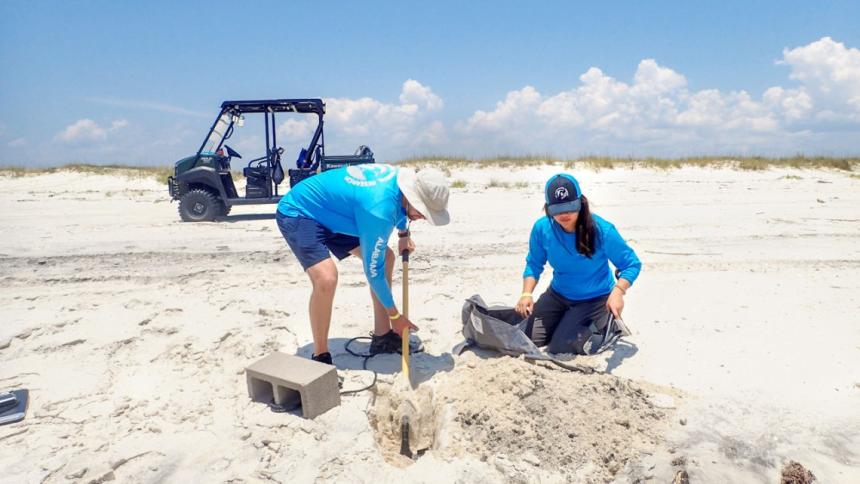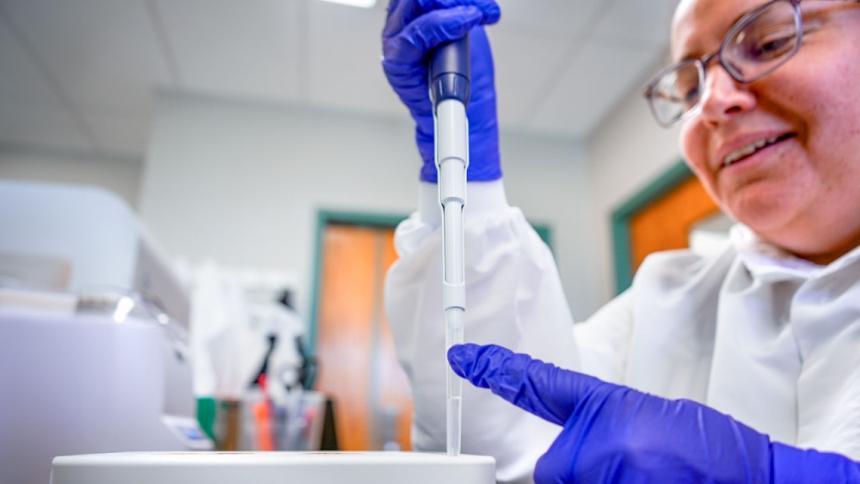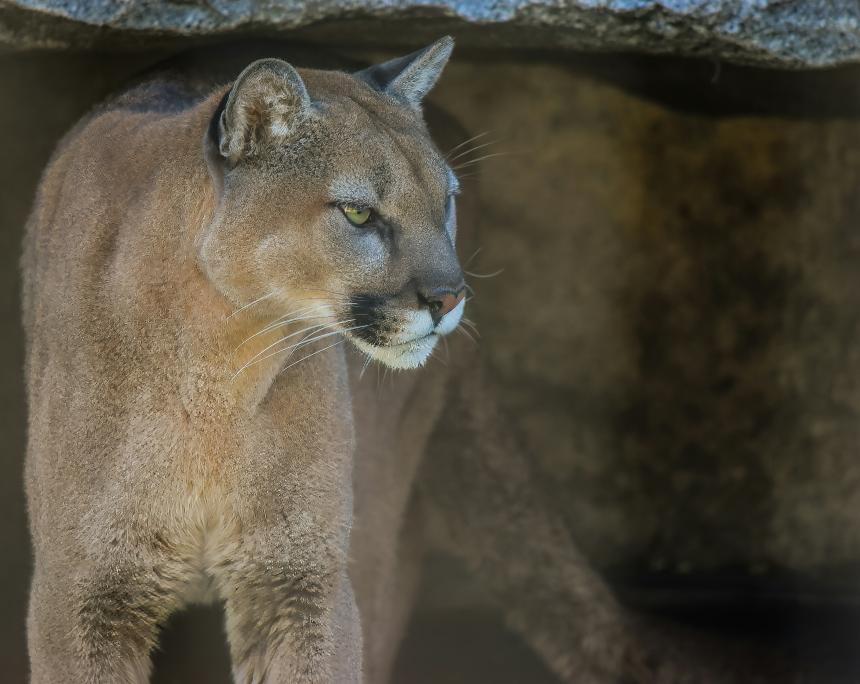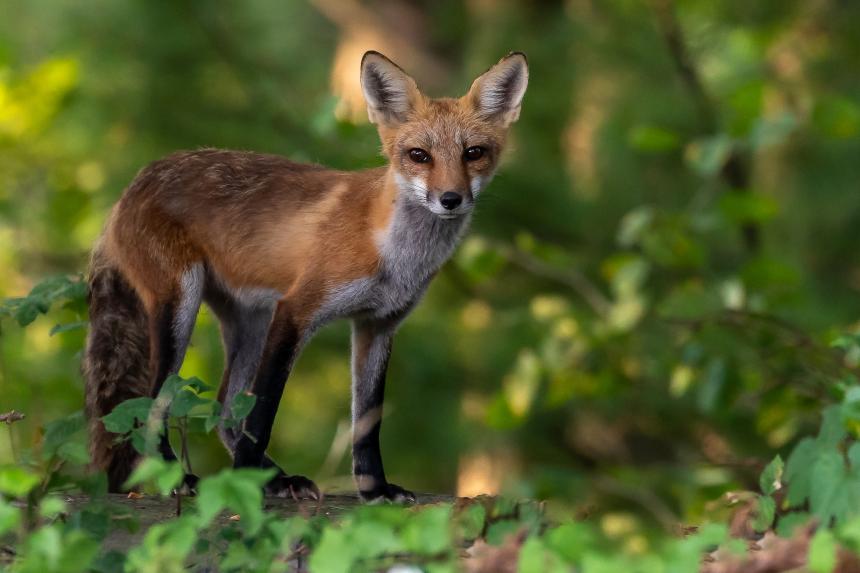September 2024

September 27, 2024
Better surveillance of marine mammals that wash up on beaches and in marshes will provide more accurate estimates of how many individuals of many species are dying and the causes of those deaths, according to a new study co-authored by Cornell's Dr. Jennifer Bloodgood.

September 23, 2024
A new study from Cornell researchers finds that among more than 30 species of birds and mammals known to scavenge deer carcasses in New York state, bald eagles are the most vulnerable to lead poisoning from hunters’ ammunition and best bioindicator for ongoing monitoring of the hazard.

September 19, 2024
A new study from Cornell College of Veterinary Medicine researchers finds the first genetic evidence of feline coronavirus transmission between a captive wild and a domestic cat.

Announcement
September 17, 2024
After an international search, Carmen R. Smith ’17, DVM ’21, has been selected as the inaugural Cornell K. Lisa Yang Center for Wildlife Health Free-Ranging Wildlife Pathology Fellow, who will focus on unraveling the causes and conditions responsible for unexplained wildlife mortality events around the world.

September 14, 2024
New York state is expanding a multi-year study of how increased use of non-lead ammunition for deer hunting can improve the survival of bald and golden eagles.

Blog
September 11, 2024
I typically start my day by doing the NY Times puzzles to warm up my brain as I eat my breakfast. Then I head over to my desk by the window or into my office on campus to solve puzzles associated with wildlife health. My training in veterinary medicine and epidemiology and my eye for detail allow me to do a variety of tasks....

September 06, 2024
A cougar in Colorado was found to be infected with a fatal neurologic syndrome called staggering disease. This is the first confirmed case of the disease in North America among wildlife or domestic animals. Cornell's Dr. Elizabeth Buckles comments on the implications of this diagnosis.

September 03, 2024
Diseases cross over from animals to people very rarely, with less than a tenth of one per cent of animal viruses ever successfully making the leap. And yet from another perspective the crossovers are common, with more than two-thirds of emerging diseases in humans having animal origins. Cornell's Dr. Beth Bunting weighs in on these zoonotic diseases.
